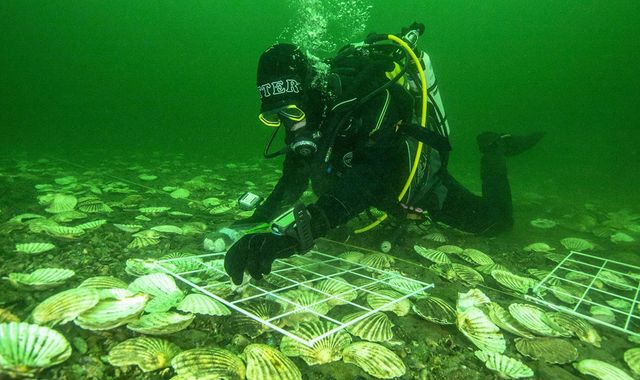
1. Oysters Reintroduction Project in Scottish Highlands Set to Transform Area’s Biodiversity, Researchers Say
The reintroduction of millions of previously extinct oysters in the Scottish Highlands is poised to transform the area into a bastion of biodiversity. European native oysters almost became extinct in the UK, with the population declining by 95% since the mid-19th century, likely due to overfishing.
This also led to the virtual disappearance of oyster reefs under the seas of Great Britain’s coastline. To gauge the potential impact of the project, researchers studied the biodiversity of Scotland’s last remaining native oyster fishery at Loch Ryan. The harbor has operated since 1701 and uses a rotational harvest system – different areas are fished each year, then left to repopulate for six years before they are fished again.
Researchers suggested biodiversity where oyster restoration projects were taking place “will likely double over a decade,” meaning the population of species will increase in a balanced manner.
Thank you for your generous gift that will help us continue the production of this weekly, free publication

2. Poole Harbour Oil Spill: Shellfish Sales Warning Issued
Shellfish producers in and around England’s Poole Harbour, the largest natural harbour in Europe, have been advised to halt sales due to possible contamination from oil. About 200 barrels of reservoir fluid leaked from an onshore oil field in Dorset. According to Poole Harbour Commissioners, the clean-up operation has so far collected 1.5 tonnes of oil sediment.
A conservation charity described the leak as a “massive disaster” for seahorses in the United Kingdom. The Seahorse Trust stated that the harbour is home to both spiny and short-snouted seahorses, the only two types found on UK shores. The Game and Wildlife Conservation Trust has expressed concern over contamination to migratory fish, which are at the beginning of their sea-bound migration from the rivers that flow through Poole Harbour. Approximately 5,000 acres of the site are designated as a Site of Special Scientific Interest.
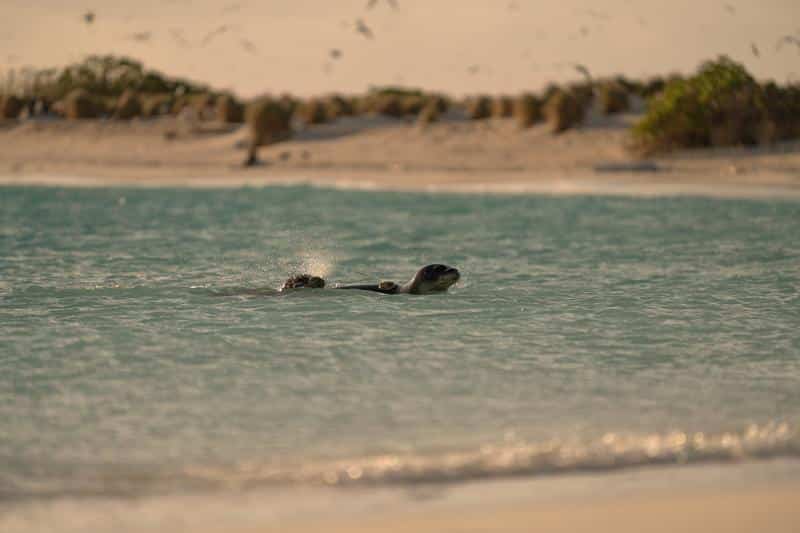
3. Endangered Hawaiian monk seals return to the wild after successful rehabilitation
After months of rehabilitation, four Hawaiian monk seals have been released back into the wild. The seals, which had been injured or malnourished, were rescued and treated at the Ke Kai Ola monk seal hospital in Kona, Hawaii.
The rehabilitation process involved feeding the seals a nutritious diet, treating injuries and infections, and providing them with space to swim and exercise. The seals were then released into the ocean near Kauai’s Anini Beach, where they will continue to be monitored by researchers. Hawaiian monk seals are an endangered species, with only around 1,400 remaining in the wild.
Human activities such as fishing, pollution, and habitat destruction pose significant threats to their survival. The success of the rehabilitation program is a positive sign for the future of the species and highlights the importance of conservation efforts to protect endangered marine life.
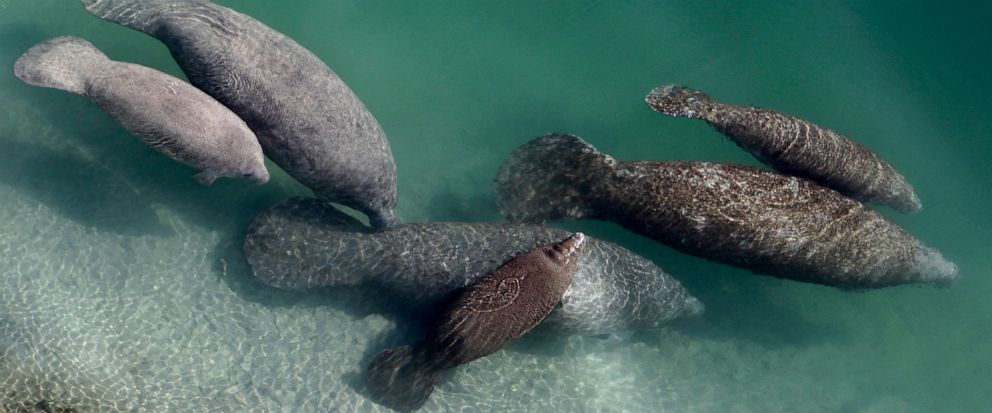
4. Florida Sees Fewer Manatee Starvation Deaths as Feeding Ends
The effort to feed thousands of pounds of lettuce to starving manatees in Florida has officially ended as the deaths of the marine mammals appear to be slowing, despite the long-term threat of pollution to their main food source, seagrass.
Officials said that just under 400,000 pounds of lettuce was provided to hundreds of manatees at a warm water power plant site where they typically gather for the winter. This was the second year of the experimental feeding program, which was launched because of the deaths of at least 1,100 manatees in 2021.
The pace of manatee deaths seems to have slowed. This season, wildlife officials have counted 163 deaths and attribute the slowdown to various factors, including the partial recovery of seagrass in key winter areas and more animals appearing to be in better physical condition than in the past.
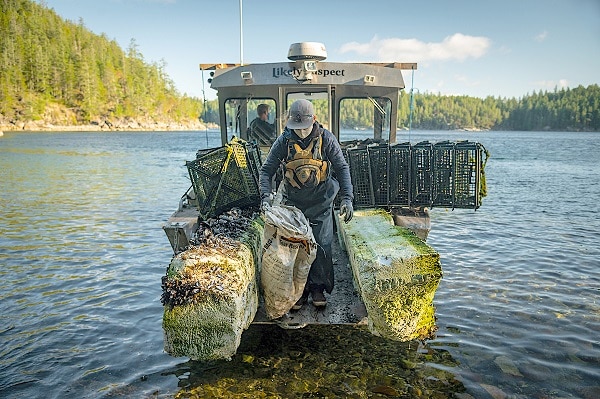
5. Canadian West Coast MP Proposes Banning Plastic Foam to Curb Wave Pollution
A member of Parliament from Canada’s British Columbia’s west coast, Laurel Collins, is calling on the Canadian government to ban the use of plastic foam. Collins argues that the use of foam products, such as cups, plates, and packaging, contributes to wave pollution and endangers marine life.
She has introduced a private member’s bill that would prohibit the import, manufacture, and sale of plastic foam in Canada. Collins points to examples in other countries, such as the United Kingdom, which has already implemented a ban on single-use foam products. She notes that there are alternative materials, such as paper and biodegradable plastics, that can be used instead.
The bill will be debated in the House of Commons, and Collins hopes it will raise awareness about the harmful effects of plastic foam on the environment and encourage individuals and businesses to find more sustainable alternatives.
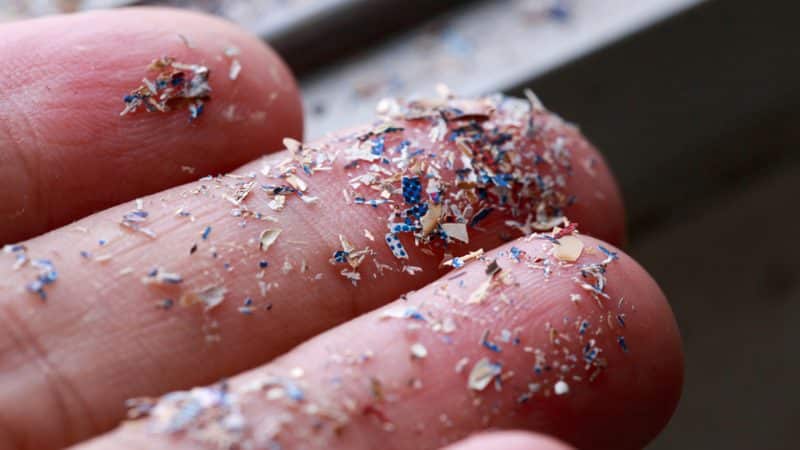
6. New Rules Required to Prevent Microplastic Pollution, Says Study
A new study published in the journal Environmental Science and Technology has revealed that urgent action is needed to prevent the proliferation of microplastic pollution. The study’s authors identified gaps in legislation regarding the disposal of plastics, leading to the accumulation of microplastics in the environment.
They called for new regulations to control the production, use, and disposal of plastics, as well as the development of eco-friendly alternatives to plastic. Microplastics have been found in almost all ecosystems on Earth, from the ocean to the air, and can cause serious harm to wildlife and humans who ingest them. The study’s findings underline the importance of taking action now to prevent further environmental damage from microplastics.

7. UN negotiations on sustainable use of marine biodiversity conclude
The United Nations negotiations on a new legally binding instrument to promote the sustainable use of marine biodiversity in areas beyond national jurisdiction (BBNJ) have concluded after several years of talks.
The agreement covers four main areas, including the conservation and sustainable use of marine biodiversity, the sharing of benefits, capacity-building and marine technology transfer, and the effective implementation of the agreement. The negotiations faced challenges, including differing opinions on the management of marine genetic resources, the establishment of marine protected areas, and the use of environmental impact assessments.
However, the final agreement represents a significant step forward in the global effort to protect the world’s oceans and ensure the sustainable use of marine resources. The agreement will now be submitted to the UN General Assembly for adoption in late 2022.
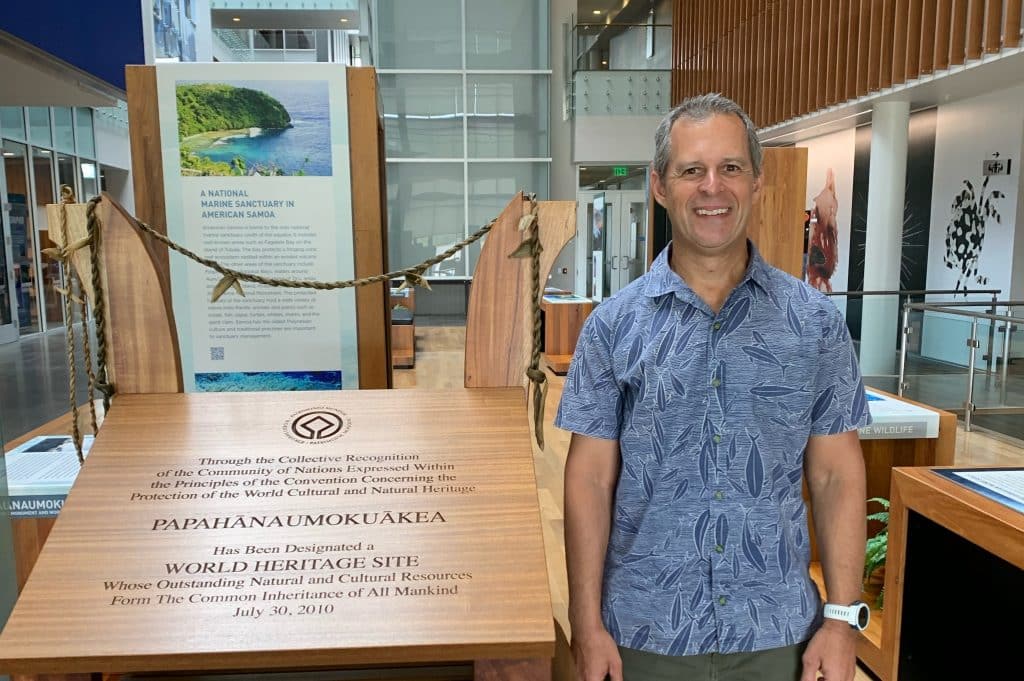
8. Hawaii Marine National Monument Has New NOAA Oversight
The Papahānaumokuākea Marine National Monument has a new superintendent, Dr. Kiana Frank. The monument is located in the Northwestern Hawaiian Islands and is one of the largest marine conservation areas in the world. It covers over 582,578 square miles and is home to many unique and endangered species.
As the new superintendent, Dr. Frank will be responsible for managing and protecting the monument’s natural and cultural resources, as well as overseeing research and educational programs. She is the first Native Hawaiian to hold the position and brings with her extensive experience in marine biology and conservation. Dr. Frank previously served as the chief scientist for the Office of National Marine Sanctuaries and has also worked with the Hawaiian Islands Humpback Whale National Marine Sanctuary. She is passionate about engaging local communities in conservation efforts and hopes to continue this work in her new role.
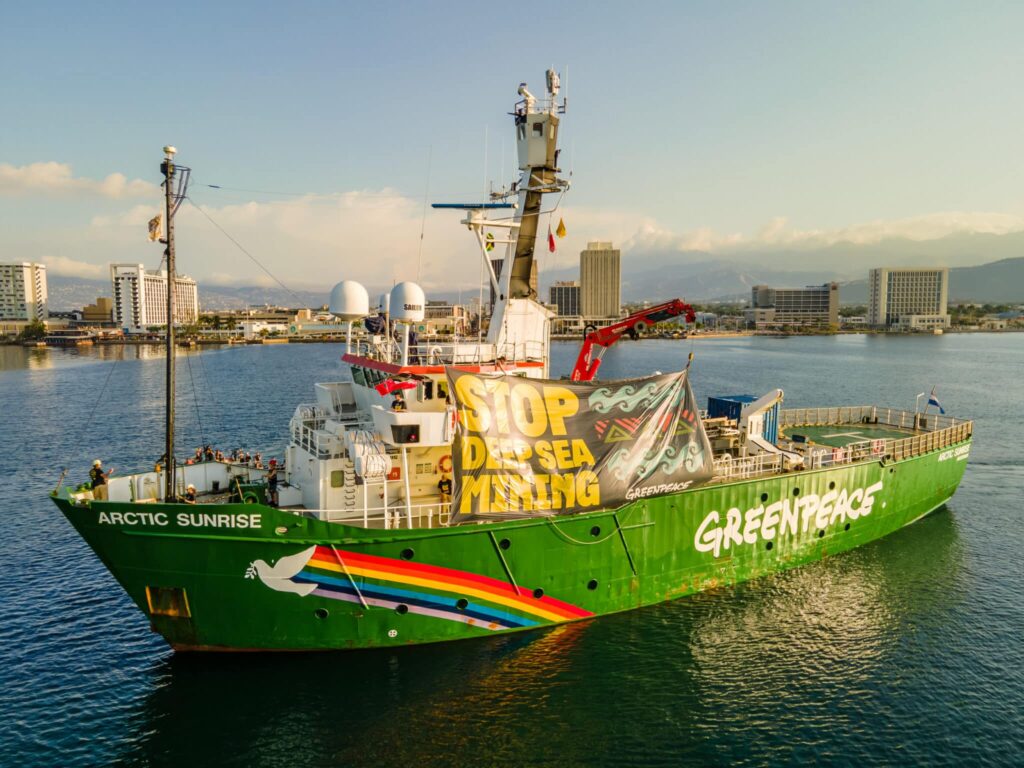
9. ISA Negotiations on Deep Sea Mining Draw Criticism
Environmental groups have criticized the International Seabed Authority’s (ISA) negotiations on deep sea mining. The ISA is responsible for regulating mining in international waters, and its current negotiations could lead to the approval of large-scale mining operations in the deep sea. Environmental groups argue that this could have devastating consequences for marine life and biodiversity, as well as exacerbating the effects of climate change.
They are calling for a moratorium on deep sea mining until more research can be conducted on the potential impacts. The ISA has defended its position, arguing that mining in the deep sea is necessary for the transition to a low-carbon economy. However, environmental groups maintain that the risks are too great, and that alternative solutions must be found. The outcome of the negotiations will have far-reaching implications for the future of the ocean and the planet as a whole.
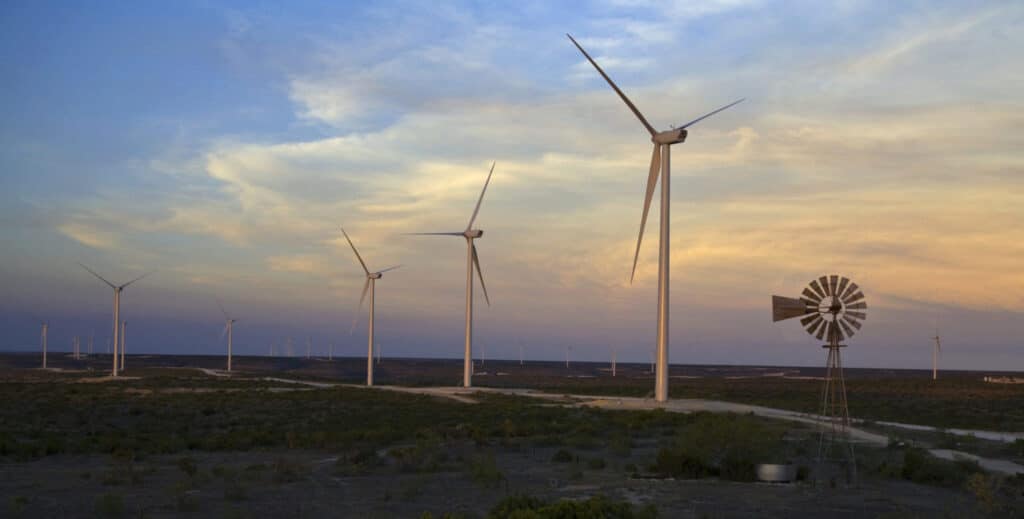
10. Environmental Advocates Criticize Attempts to Stop Offshore Wind Development Amid New Jersey Rally
Opponents of offshore wind energy, backed by funding from the fossil fuel industry, are lobbying the New Jersey Legislature to halt the growth of the offshore wind industry in the state. However, proponents of the industry argue that transitioning to a clean energy economy will benefit the environment, create jobs, and protect the marine environment from the impacts of climate change.
In response to efforts to hinder the development of clean energy, environmental advocates from the New Jersey Wind Works Coalition have issued several statements. “Unfortunately this has become very political,” said Ed Potosnak, Executive Director of the New Jersey League of Conservation Voters. “The fact is that expanding clean, renewable energy is critical in the fight against climate change – which is the largest threat facing our marine ecosystems.”
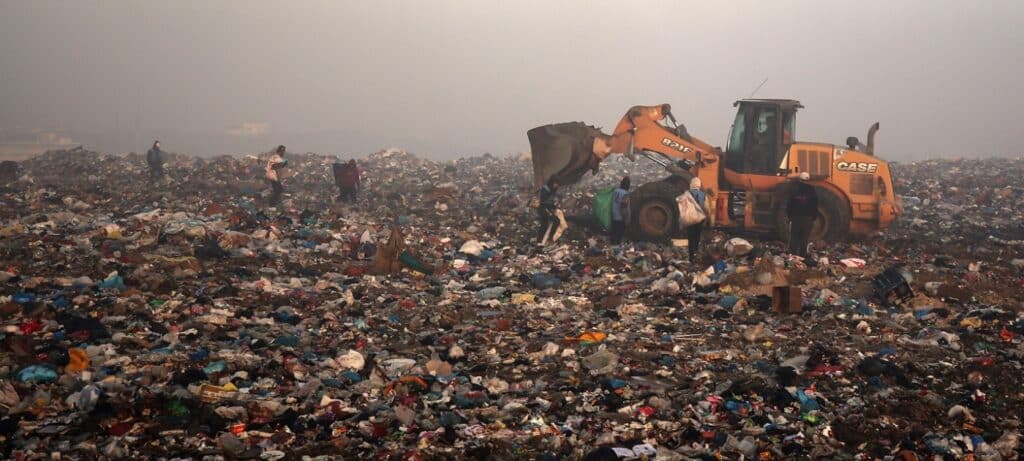
11. First International Day of Zero Waste Bolsters Actions to Address Global Pollution Crisis
In response to the worsening impacts of waste on human health, the economy, and the environment, the world marked the inaugural International Day of Zero Waste on March 30. The day encourages everyone to prevent and minimize waste and promotes a societal shift towards a circular economy.
The International Day of Zero Waste was established through a United Nations General Assembly resolution following other resolutions on waste, including the commitment made by the UN Environment Assembly on March 2, 2022, to advance a global agreement to end plastic pollution. The International Day of Zero Waste is jointly facilitated by the UN Environment Programme and the UN Human Settlements Programme.
It calls upon all stakeholders, including civil society, businesses, academia, local communities, women, and youth, to engage in activities that raise awareness of zero-waste initiatives.
.
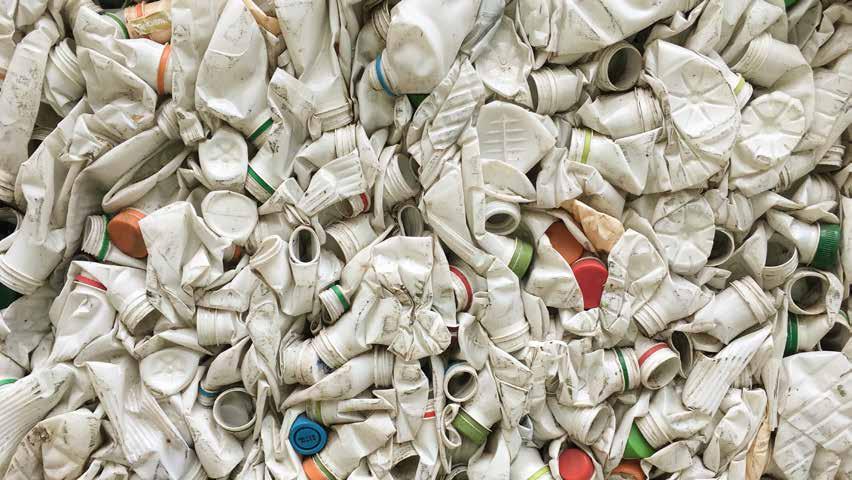
12. Leaders Convene to End Plastic Pollution Loop in U.S.
This week, leaders from the private sector, non-governmental organizations, and local, state, and federal governments gathered in Washington, D.C. to outline a plan of action for tackling plastic pollution in the United States. “Plastic pollution is a growing global challenge that threatens the health of both nature and people.
This problem will not fix itself,” said Nik Sekhran, Chief Conservation Officer, World Wildlife Fund. “To solve it we will need to move towards a circular economy, and this will require players from across the plastics value chain working together toward a shared vision for a future free of plastic pollution. We hope this summit will help to drive that joint effort and provide a roadmap for where we need to go to fix our broken plastics system.”
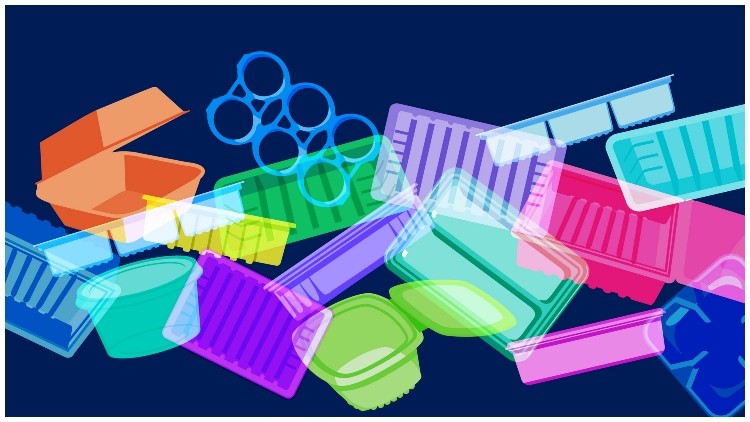
13. Do We Need Plastic Packaging?
The use of plastic packaging in the food industry is facing scrutiny as concerns over waste and environmental damage grow. While plastic packaging can help preserve food and prevent waste, it also creates significant amounts of waste that can harm marine life and contribute to climate change. Some companies are exploring alternatives, such as biodegradable packaging, while others are focusing on reducing the overall amount of packaging used.
However, challenges remain, including the need for more sustainable materials, the cost of new packaging technologies, and consumer preferences for convenience and freshness. The debate highlights the need for a more comprehensive approach to sustainable packaging that considers the entire lifecycle of materials and their impact on the environment.
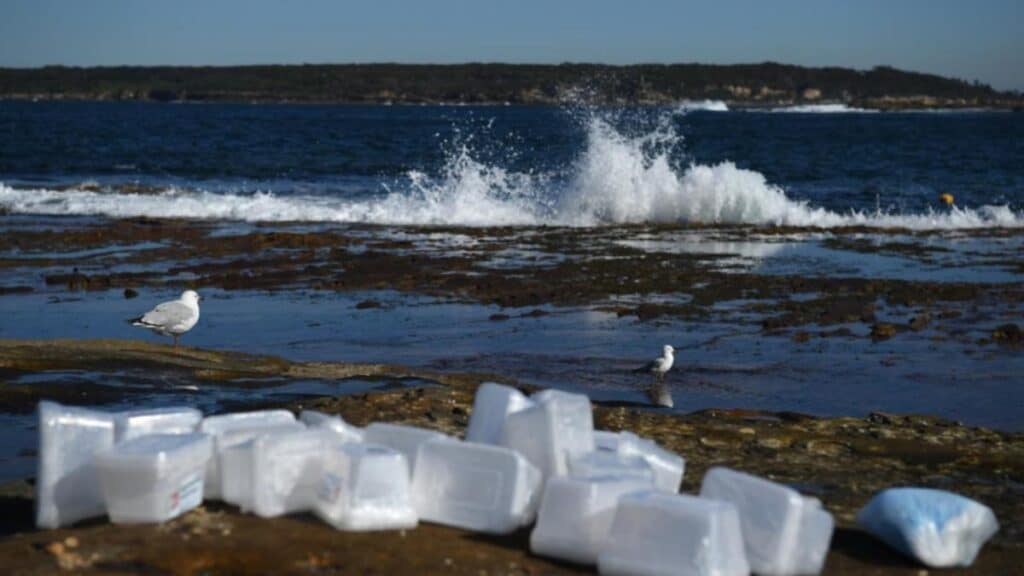
14. Unknown Risk in Plastic Rubbish Lining Australian Coast
Plastic now dwarfs every other type of litter found on Australian shores, and 80 percent of the nation’s usage still ends up in landfills. A federal parliamentary inquiry has heard evidence about how the pollution crisis is affecting Australia’s oceans and waterways and how efforts to understand and tackle the problem are failing.
“Our research has found that about three-quarters of the waste on Australian coastlines is plastic,” said Peter Mayfield of the CSIRO at the inquiry’s first hearing on March 31. Even worse, the vast majority of the plastic measures just a few centimeters or smaller, making it more easily ingested by wildlife and more able to break down further and release the toxic chemicals used to make it. The hearing revealed that Australian authorities have not fully assessed the risks posed by plastics.
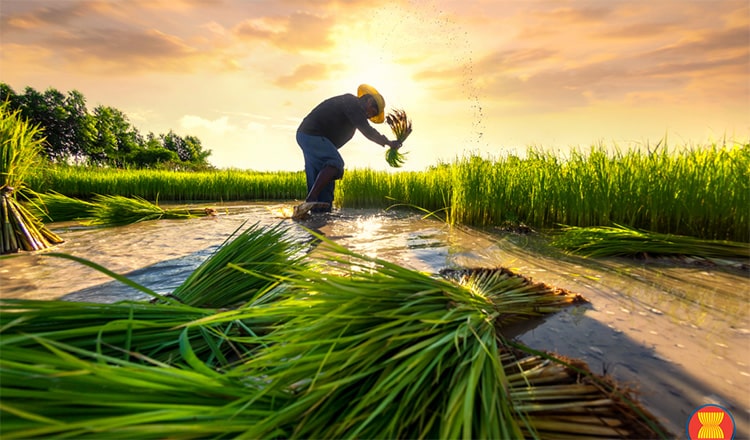
15. Depletion of Marine Resources Threatens Food Security in ASEAN
The economic procurement of marine commodities from fisheries is crucial for trade and consumption by Association of Southeast Asian Nations (ASEAN) member states, and it is instrumental in preserving food security in the region. This security is fundamental to the livelihood of millions of people and is increasing in demand. However, the ever-growing depletion of marine resources threatens ASEAN’s marine industrial complex and exacerbates the region’s food insecurity.
According to The Asia Foundation, 64% of the fisheries’ resource base in ASEAN is at a medium to high risk of significant depletion. Malaysia’s domestic fish supply is dwindling by about 20-30%, and importing marine products from member states is becoming more restricted, increasing food prices and worsening the shortage. This article discusses challenges facing the region and offers potential policies that could contribute to improving ASEAN’s maritime governance and mitigating threats to food security.

16. Study Finds Progress on Land Outpacing Progress in Seas, Raising Concerns of Wealth Disparities
In a study by Michigan State University (MSU), it was found that progress in making the world more livable for people and nature on land is outpacing successes in the seas, raising concerns that wealthier countries may be upsetting a balance.
Progress in oceans actually slowed after the United Nations member states adopted the 17 Sustainable Development Goals in 2015. That action aims to facilitate global partnerships among developed and developing countries in sustainable development. “But surprisingly, the ocean sustainability progress slowed after 2015,” said Yuqian Zhang, lead author and a PhD student in MSU’s Center for Systems Integration and Sustainability.
“A closer look shows that low-income countries lagged, and the gap between high-income and low-income countries became wider over time. Preventing and reducing marine pollution and sharing the economic benefits that come from sustainably using marine resources with small island developing states had barely improved.”
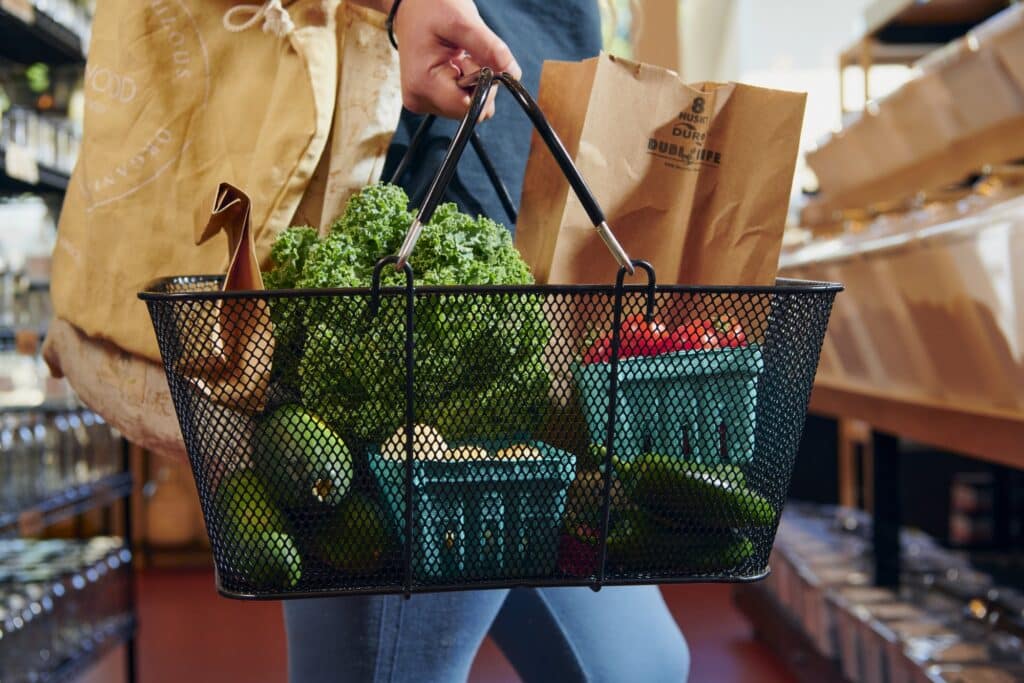
17. Bloomberg Report Shows Consumers are Not Buying Eco-Friendly Packaged Products
Shoppers are not as enthusiastic about eco-friendly packaging as companies had hoped. A recent test run by a major supermarket chain found that ground beef packaged in a sustainable material didn’t sell as well as meat wrapped in traditional plastic. Consumers seemed to be put off by the fact that the green packaging made the meat look less appetizing and raised concerns about freshness and safety.
This setback highlights the challenge companies face in balancing sustainability goals with consumer preferences. The push to reduce plastic waste and carbon emissions has driven many companies to explore new packaging options, but they must ensure that these choices don’t compromise the quality and appeal of their products. The incident also underscores the importance of consumer education and communication about the benefits and limitations of sustainable packaging.
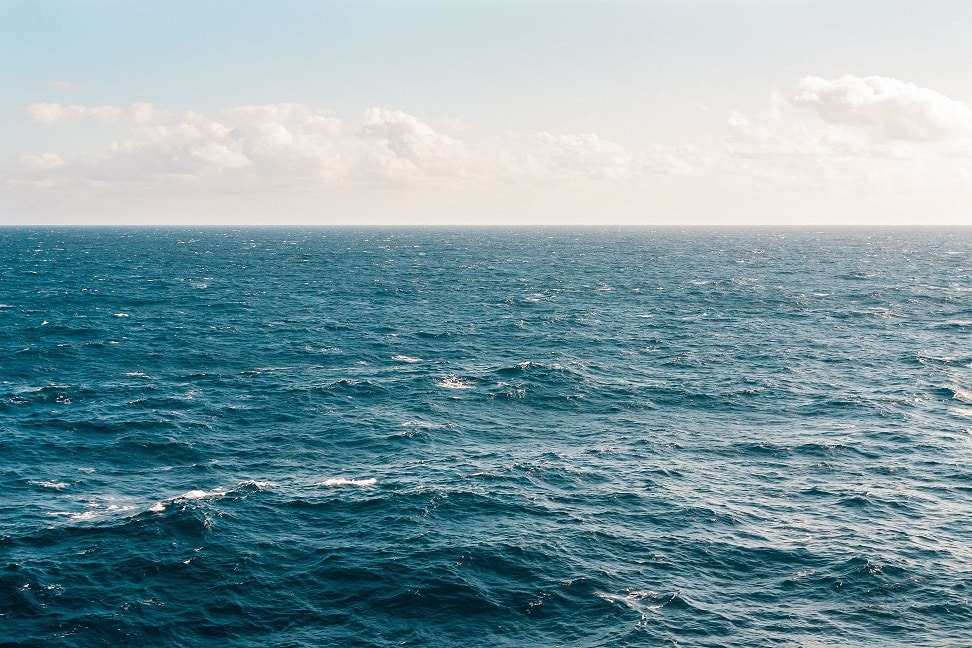
18. “The Great Blue Wall” Initiative aims to protect African oceans and coastline
The “Great Blue Wall” Initiative is a project aimed at protecting and conserving the marine environment surrounding the African continent. The program involves 22 African countries and seeks to address the multiple threats facing the oceans, including overfishing, pollution, and climate change.
The Great Blue Wall will span over 10,000 km of coastline, providing a habitat for a diverse range of marine species, and supporting the livelihoods of millions of people who depend on fishing and tourism. The initiative also seeks to foster regional cooperation and collaboration, enabling countries to share knowledge and resources to address common challenges. The project is an important step towards achieving the United Nations’ Sustainable Development Goal 14, which aims to conserve and sustainably use the oceans, seas, and marine resources.
Editorial Comment: Sea Save Foudation continues to advocate for the United Nations Sustainable Goals and in particular SDG #14
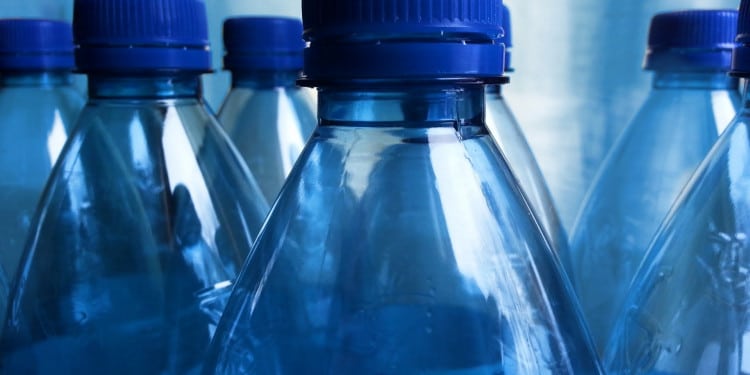
19. Why We Should Not Reuse Plastic Water Bottles
Whether microplastic particles cause long-term damage is uncertain but reducing our exposure to them will be wise. While drinking from your plastic water bottle, you will be gulping down microplastics — tiny plastic particles measuring less than 5mm. These particles do not decompose easily and will accumulate over time in our bodies — a process called bioaccumulation.
The presence of microplastics in human stool suggests we are exposed to microplastics in our daily lives. They have found their way into the food chain, raising concerns about food safety. In the event you use bottled water as your primary source of drinking water, make an effort to minimize the shaking movements of the bottles and unnecessarily opening and closing the bottle. It is not recommended to reuse plastic water bottles. Reuse increases inner surface abrasion, releasing additional microplastic particles from the inner surface of the bottle.
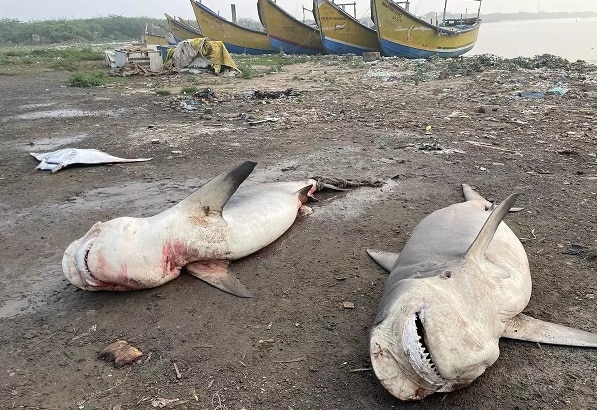
20. Sustainable Fishing Sorely Needed to Save Sharks off India’s Coastline
A document prepared by Central Marine Fisheries Research Institute, “Guidance on National Action Plan for Sharks in India”, states “While annual shark landings have hovered within the range of 50-70 thousand tones over the last 29 years, the share of sharks in total fish landings has declined by more than 64% from 1985 to 2013.”
At the policy level what needs to be done is for India to clear its National Plan of Action on Sharks, which has been with the Ministry of Environment, Forest and Climate Change since 2015. Second, besides including species in the WLPA, the government must allow enforcement agencies to open a dialogue with fishermen on what is allowed, the right size of nets to use, and a detailed handbook on sustainable fishing practices translated into local languages along the coastline. Simply putting a ban on shark fishing will not help.
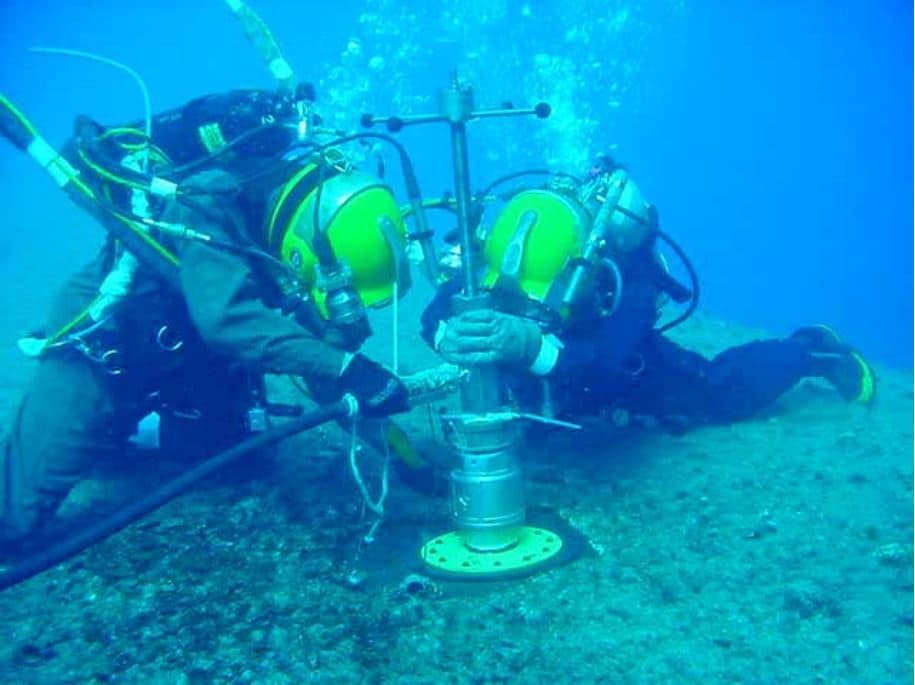
21. Sunken vessels contribute to marine pollution, says IUCN
A new report from the International Union for Conservation of Nature (IUCN) highlights the environmental impact of sunken vessels. The report estimates that there are up to three million shipwrecks scattered across the ocean floor, many of which contain hazardous materials such as oil and chemicals. As these vessels degrade over time, they release pollutants into the surrounding water and sediment, harming marine ecosystems and human health.
The report calls for greater efforts to identify and assess the risks posed by sunken vessels, as well as measures to prevent further pollution. It also highlights the need for stronger regulations and international cooperation to ensure that ships are built and maintained to the highest environmental standards. The report underscores the urgent need to address the issue of marine pollution, which poses a significant threat to the health and well-being of both marine life and humans.
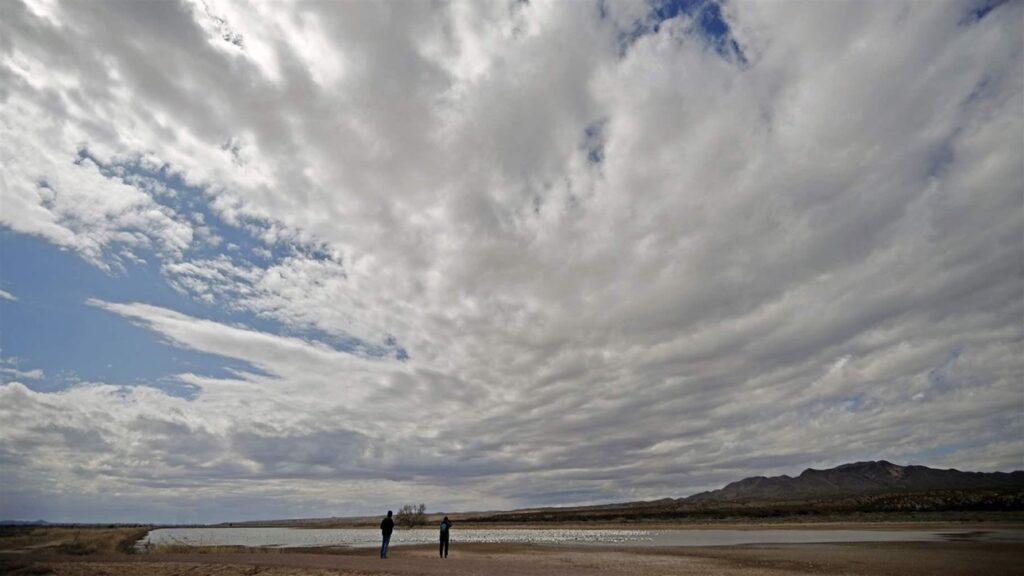
22. Some US states consider constitutional right to clean environment
Several states in the US are considering amending their constitutions to include the right to a clean and healthy environment. Supporters argue that such a provision would strengthen environmental protections and ensure that everyone has access to clean air, water, and land. The proposed amendments vary in their language and scope, but generally aim to recognize the importance of environmental protection and establish it as a fundamental right.
However, critics argue that such provisions could lead to legal disputes and limit economic development. The debate over constitutional rights to the environment reflects the growing recognition of the urgent need to address environmental issues and the role of legal frameworks in achieving this goal. It remains to be seen whether these proposed amendments will gain traction and become a reality.
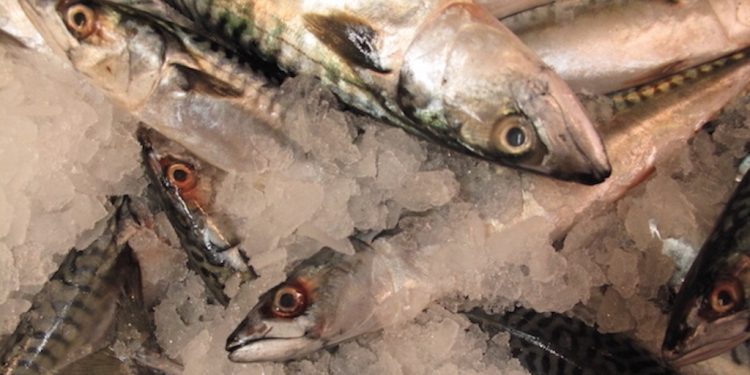
23. Scottish fishermen dispute Marine Conservation Society’s advice on mackerel
Scottish fishermen have criticized the Marine Conservation Society (MCS) for labeling mackerel as “fish to avoid” due to concerns over stock levels. The Scottish Pelagic Sustainability Group (SPSG) disputed the claim, stating that the MCS’s assessment was not based on recent scientific data and that the mackerel population is healthy. SPSG argued that the MCS’s advice could harm the industry and suggested that consumers consult the Scottish Fishermen’s Federation’s online sustainability tool for accurate information on seafood.
The MCS defended its assessment, stating that it was based on the latest scientific evidence and that the group is committed to sustainable fishing practices. The controversy highlights the ongoing debate between conservation groups and the fishing industry regarding sustainable fishing practices and the role of seafood labeling in promoting sustainability.
Editorial: Below please find article with opposing point of view
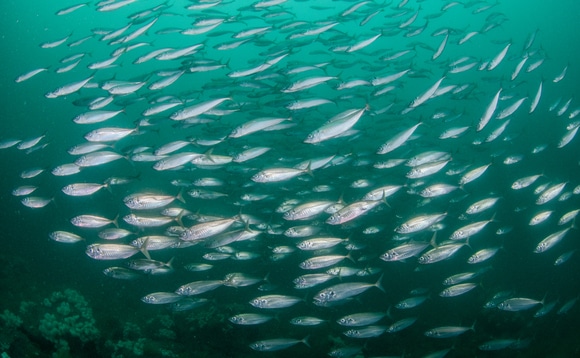
24. Mackerel’s sustainability questioned amid overfishing concerns
Mackerel has become a controversial addition to sustainable seafood menus due to concerns over overfishing. While the fish is not yet classified as endangered, it has been placed on the Marine Conservation Society’s “fish to avoid” list due to overfishing and concerns over the management of mackerel stocks.
The fishing industry has pushed back against these claims, arguing that the stock is healthy and that the industry is committed to sustainable fishing practices. However, conservation groups warn that continued overfishing could lead to a collapse in the mackerel population, and urge consumers to consider the sustainability of their seafood choices. The debate highlights the need for accurate and up-to-date information on the sustainability of different fish species to guide consumer choices and support sustainable fishing practices.

25. Conservationists call for sustainable fishing to save sharks off India’s coastline
The decline of shark populations off the coast of India has prompted calls for sustainable fishing practices. Overfishing and the use of destructive fishing techniques such as trawling and long-lining have contributed to a sharp decline in shark populations in Indian waters. Conservationists warn that the loss of sharks could have far-reaching impacts on marine ecosystems and coastal communities.
To address the issue, conservation groups are working to promote sustainable fishing practices, including the use of less destructive fishing techniques, the implementation of catch limits, and the creation of marine protected areas. However, they also stress the need for greater government support and enforcement of sustainable fishing regulations to ensure the long-term health of marine ecosystems and the communities that depend on them.




